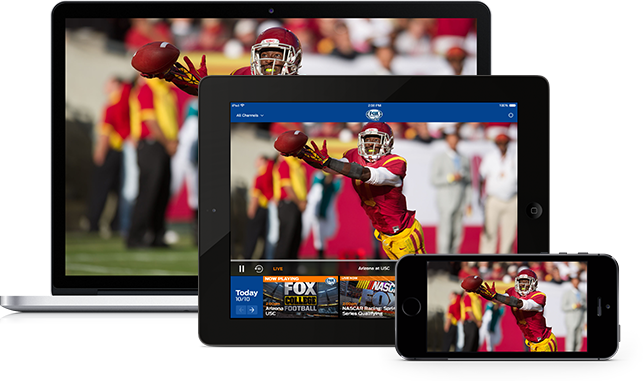Low Latency Solutions Key as Live Streaming Grows
OYSTER BAY, N.Y.—The spinning wheel when a video is buffering or hearing neighbors cheer a big play while viewers try to live stream sports is one of the top concerns for the growing streaming market, making low latency solutions a need, according to ABI Research.

A new study from ABI forecasts that by 2024 there will be 91 million subscribers that utilize live video streaming. Latency issues have the ability to negatively impact a viewer’s experience streaming content.
ABI states that typical latency for HTTP streaming is 40 seconds, while broadcast latency is about 5 seconds. Especially in sports, that time difference can have a major impact.
“Many cord-cutters are still willing to get live streaming for sports programs. However, high delay compared to traditional broadcast sources can prevent many consumers from accessing live streaming,” said Khin Sandi Lynn, industry analyst at ABI.
Latency issues do not just impact the time-delay in watching sports, but also issues of buffering for other video content. ABI references multiple studies that show viewers stop watching live streams as they experience buffering issues. So, as a number of new streaming services enter the market, they are finding it important to support low latency streaming.
Other areas consumers don’t want to experience latency issues include eSports streaming, online betting and online auctions.
ABI notes that there are many different ways to support low latency, like encoding, CDN optimization or video playback optimization, but businesses must select the best fit for them.
Get the TV Tech Newsletter
The professional video industry's #1 source for news, trends and product and tech information. Sign up below.
“When the evaluation between video qualities, deployment cost and business cases are done properly for low latency streaming solution deployment, service providers can offer a high-quality streaming service and improve churn and revenue,” said Lynn.
More information is available in ABI’s full “Low and Ultra-Low Latency Video” report.
